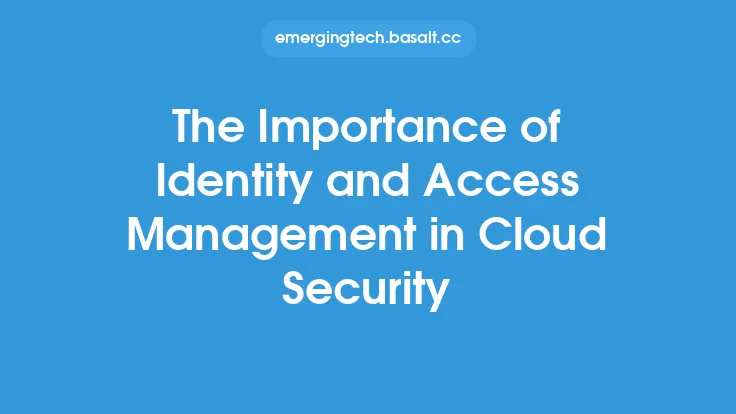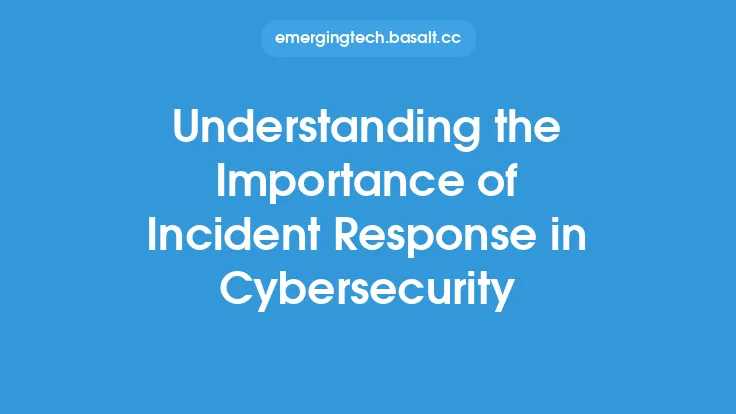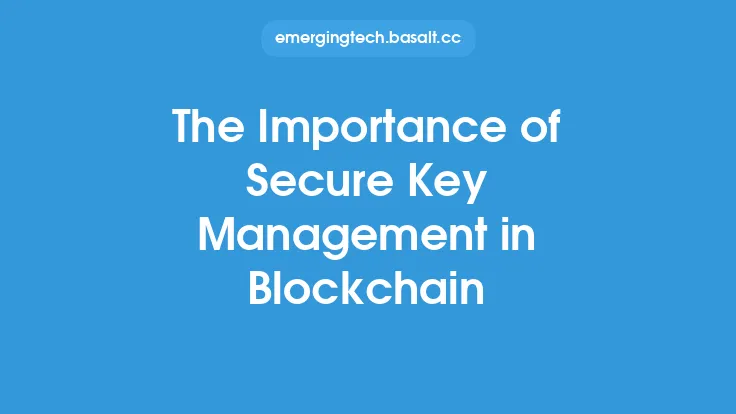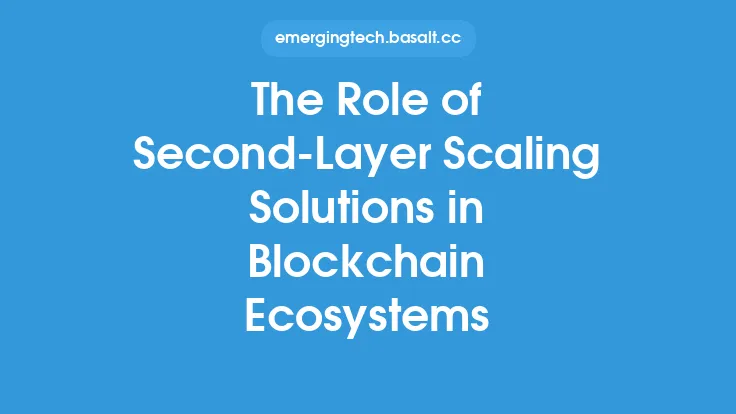The concept of Security Orchestration Automation and Response (SOAR) has revolutionized the way organizations approach cybersecurity. At its core, SOAR is about streamlining security operations by automating and orchestrating various security processes. However, one crucial aspect that makes SOAR solutions effective is integration. Integration is the backbone of any SOAR solution, enabling it to connect with various security tools and systems, and facilitating the exchange of data and workflows. In this article, we will delve into the importance of integration in SOAR solutions and explore how it enhances the overall security posture of an organization.
What is Integration in SOAR Solutions?
Integration in SOAR solutions refers to the ability of the solution to connect with other security tools, systems, and applications. This connection enables the SOAR solution to collect data, send alerts, and automate workflows across different security domains. Integration is not just about connecting different systems; it's about creating a cohesive security ecosystem that can respond to threats in a coordinated and effective manner. A SOAR solution with robust integration capabilities can connect with a wide range of security tools, including threat intelligence platforms, security information and event management (SIEM) systems, incident response platforms, and vulnerability management tools.
Benefits of Integration in SOAR Solutions
The benefits of integration in SOAR solutions are numerous. Firstly, integration enables the SOAR solution to collect and analyze data from various security sources, providing a comprehensive view of the organization's security posture. This data can be used to identify potential threats, detect anomalies, and respond to incidents in a timely and effective manner. Secondly, integration facilitates the automation of security workflows, enabling the SOAR solution to respond to threats without human intervention. This automation can significantly reduce the mean time to detect (MTTD) and mean time to respond (MTTR) to security incidents, minimizing the impact of a breach. Finally, integration enables the SOAR solution to leverage the capabilities of other security tools, enhancing its overall effectiveness and efficiency.
Types of Integration in SOAR Solutions
There are several types of integration that can be implemented in SOAR solutions. These include:
- API-based integration: This type of integration uses application programming interfaces (APIs) to connect with other security tools and systems. API-based integration is widely used in SOAR solutions due to its flexibility and scalability.
- Script-based integration: This type of integration uses scripts to connect with other security tools and systems. Script-based integration is often used when API-based integration is not possible.
- Agent-based integration: This type of integration uses agents to collect data from other security tools and systems. Agent-based integration is often used in scenarios where API-based integration is not possible.
Challenges of Integration in SOAR Solutions
While integration is a critical component of SOAR solutions, it can also be challenging to implement. One of the main challenges is the complexity of integrating with multiple security tools and systems. Each security tool and system has its own unique architecture, data formats, and APIs, making integration a daunting task. Additionally, integration can also introduce security risks, such as data breaches and unauthorized access. Therefore, it's essential to implement robust security controls and monitoring mechanisms to ensure the integrity of the integration.
Best Practices for Implementing Integration in SOAR Solutions
To implement integration in SOAR solutions effectively, several best practices should be followed. Firstly, it's essential to define a clear integration strategy that aligns with the organization's security goals and objectives. Secondly, the SOAR solution should be designed with integration in mind, using open standards and APIs to facilitate connectivity with other security tools and systems. Thirdly, the integration should be thoroughly tested to ensure its stability and security. Finally, the integration should be continuously monitored and updated to ensure its effectiveness and efficiency.
Technical Considerations for Integration in SOAR Solutions
From a technical perspective, integration in SOAR solutions requires careful consideration of several factors. These include:
- Data formats: The SOAR solution should be able to handle different data formats, such as JSON, XML, and CSV.
- APIs: The SOAR solution should be able to connect with other security tools and systems using APIs, such as REST and SOAP.
- Authentication and authorization: The SOAR solution should be able to authenticate and authorize access to other security tools and systems.
- Data encryption: The SOAR solution should be able to encrypt data in transit and at rest to ensure its confidentiality and integrity.
- Scalability: The SOAR solution should be able to scale to handle large volumes of data and traffic.
Conclusion
In conclusion, integration is a critical component of SOAR solutions, enabling them to connect with various security tools and systems, and facilitating the exchange of data and workflows. The benefits of integration in SOAR solutions are numerous, including enhanced security posture, improved incident response, and increased efficiency. However, integration can also be challenging to implement, requiring careful consideration of technical factors, such as data formats, APIs, and security controls. By following best practices and considering technical factors, organizations can implement integration in SOAR solutions effectively, enhancing their overall security posture and incident response capabilities.





